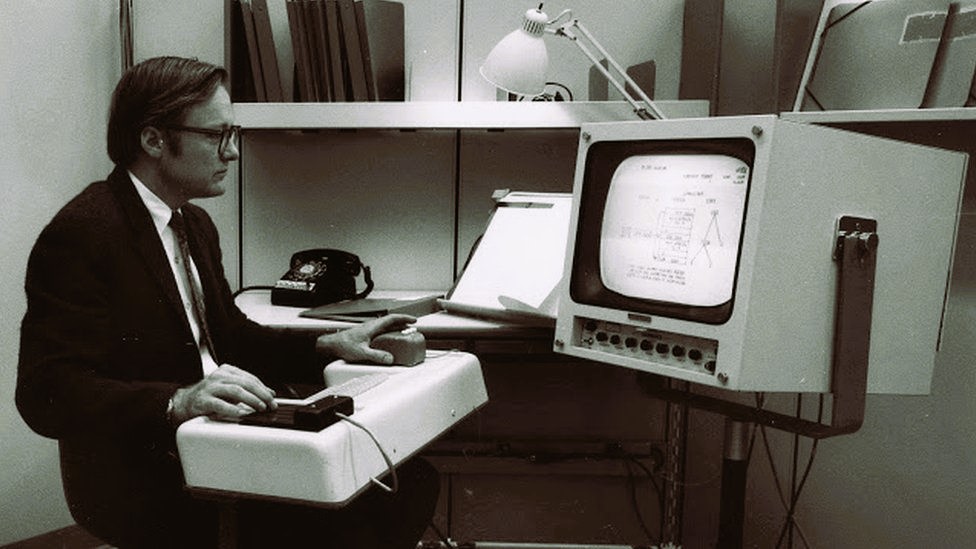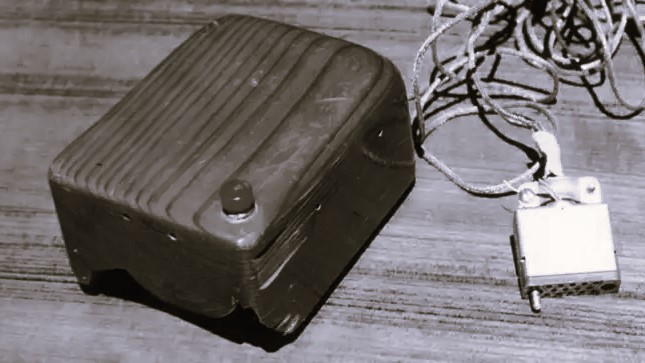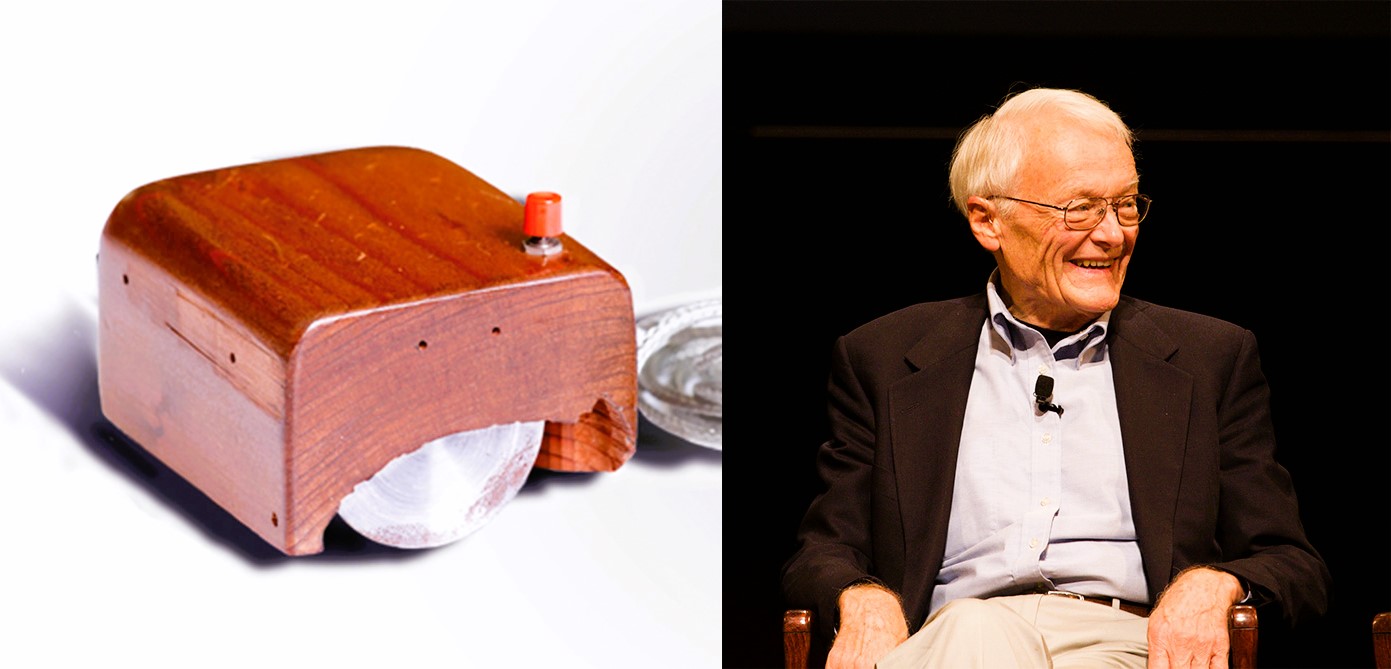In the realm of technological innovation, certain inventions stand out as timeless contributions that have transformed the way we interact with computers. The computer mouse is undoubtedly one such creation, playing a pivotal role in the evolution of personal computing. Recently, the tech community mourns the loss of one of its pioneers as news emerges that one of the co-creators of the computer mouse has passed away in the United States. In this article, we reflect on the legacy of this visionary individual and the impact of the computer mouse on the world of computing.
The Co-Creators: A Brief Overview
The computer mouse was not the work of a single mind but the collaborative effort of Douglas Engelbart and William English. In the 1960s, working at the Stanford Research Institute (SRI) in California, Engelbart envisioned a device that could revolutionize the way users interacted with computers. With the help of English, a skilled engineer, the first prototype of the mouse was developed, marking the beginning of a new era in human-computer interaction.
The Mouse’s Journey from Prototype to Ubiquity

The original mouse designed by Engelbart and English was a wooden device with two perpendicular wheels, which allowed it to move in any direction on a surface. This design laid the foundation for the modern mice we use today. The concept of a pointing device, initially met with skepticism, eventually became an integral part of personal computing.
The groundbreaking “Mother of All Demos” in 1968, where Engelbart showcased the mouse along with various other innovations, marked a turning point. The mouse’s potential for facilitating user-friendly interactions with computers became evident, and its adoption began to gain momentum.
Evolution of the Computer Mouse
The computer mouse has undergone significant transformations since its humble beginnings. From the original mechanical ball mouse to the optical and laser mice of today, technological advancements have refined its design and functionality. Wireless capabilities, ergonomic considerations, and additional buttons for enhanced functionality are some of the features that have been integrated into modern mice, catering to the diverse needs of users.
Impact on User Experience and Interface Design
The introduction of the mouse revolutionized the graphical user interface (GUI), making computers more accessible to a broader audience. The direct manipulation of on-screen objects using a mouse pointer became a standard, replacing command-line interfaces and contributing to the democratization of computing. What is the role of DevOps in optimizing software development? You can find out more in our article.
The mouse’s impact extended beyond personal computing to influence various industries, including graphic design, gaming, and software development. Its intuitive nature and precise control have made it an indispensable tool for professionals and enthusiasts alike.
Contributions to Human-Computer Interaction
Engelbart, often referred to as the “father of the mouse,” envisioned the computer mouse not merely as a tool for moving a cursor on a screen but as a means to augment human intelligence. His vision included collaborative computing, hypertext, and the concept of “augmented knowledge work.” The mouse was a key element in realizing this vision, shaping the trajectory of human-computer interaction research and development.
The Passing of a Visionary: Reflecting on the Legacy

The recent passing of one of the co-creators of the computer mouse serves as a moment of reflection on the contributions made by these visionary individuals. Their work laid the foundation for innovations that continue to shape the digital landscape. While the mouse might seem like a ubiquitous and commonplace device today, its origins are rooted in the groundbreaking ideas of Engelbart and English.
Platforms for Staying Informed:
To stay informed about the latest developments in technology and pay tribute to the pioneers who shaped the industry, platforms like GameSpot are valuable resources. These platforms cover a wide range of tech-related news, providing insights into the ongoing evolution of computing and the individuals who have left a lasting impact.
Conclusion: A Legacy Lives On
As we bid farewell to one of the minds behind the computer mouse, it’s essential to acknowledge the enduring legacy of this invention. The mouse remains a symbol of innovation, demonstrating how a simple yet ingenious idea can transform the way we interact with technology. Engelbart and English’s contributions continue to influence the evolution of computing, and their legacy lives on every time a user clicks, drags, or scrolls, guided by the intuitive movement of the mouse they helped create.


